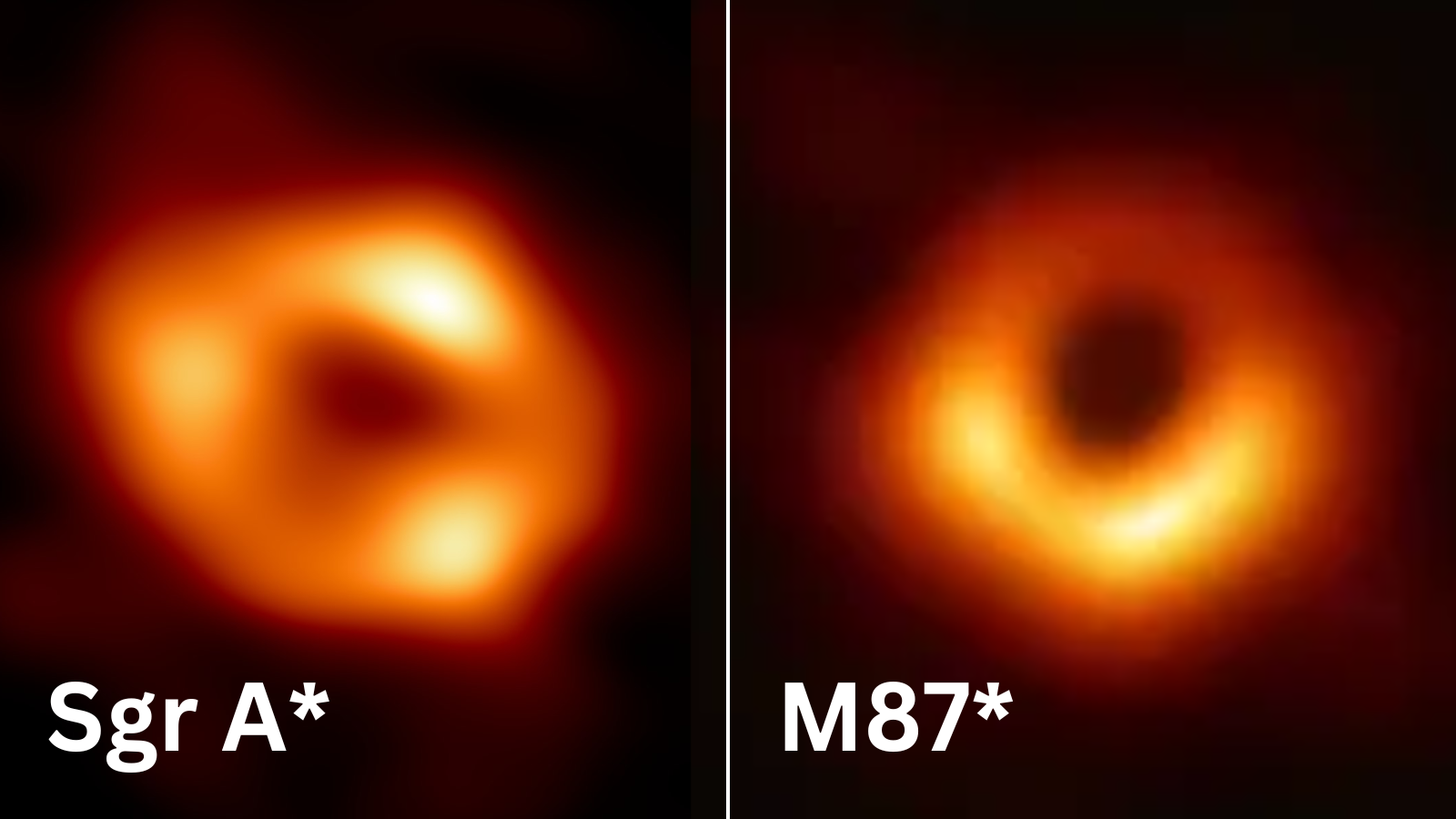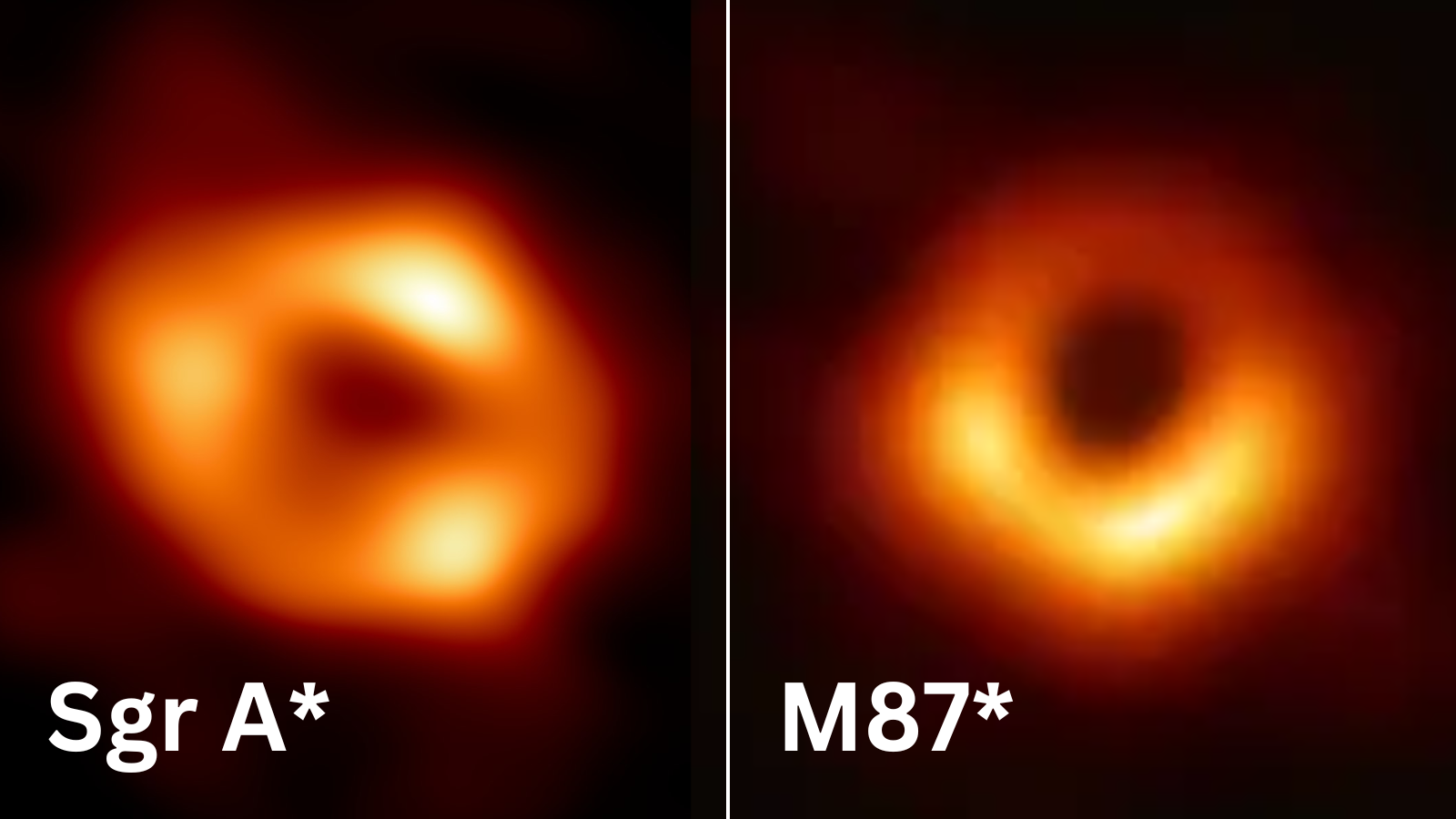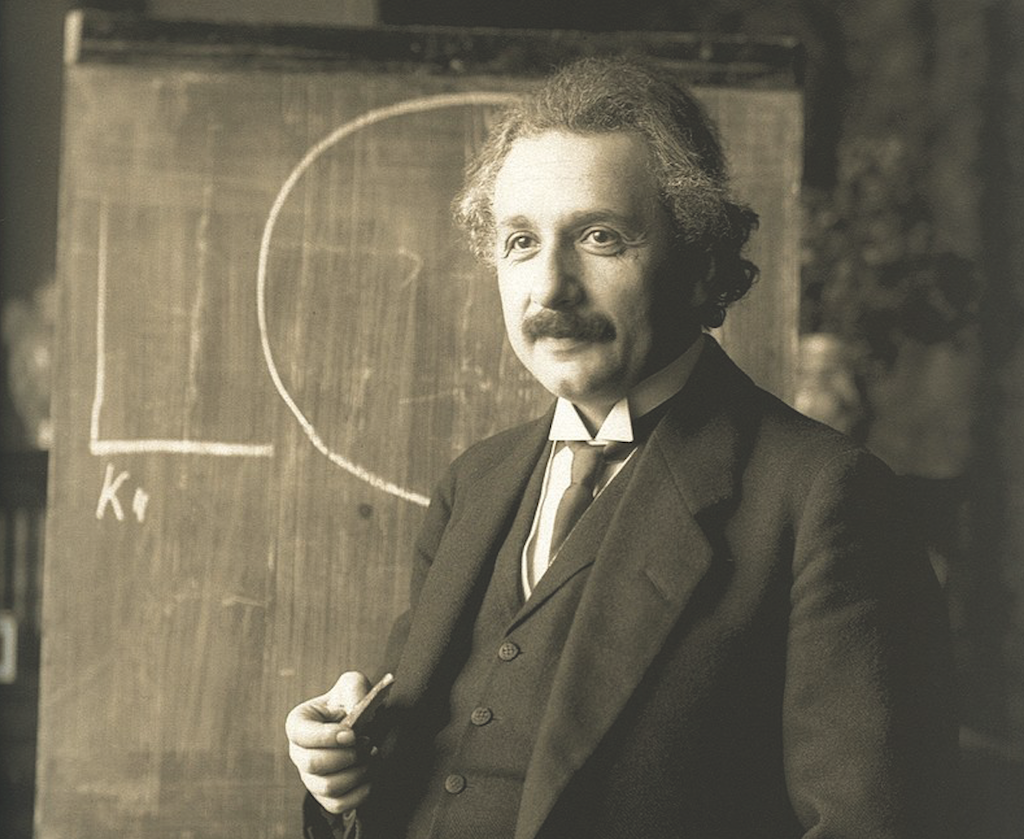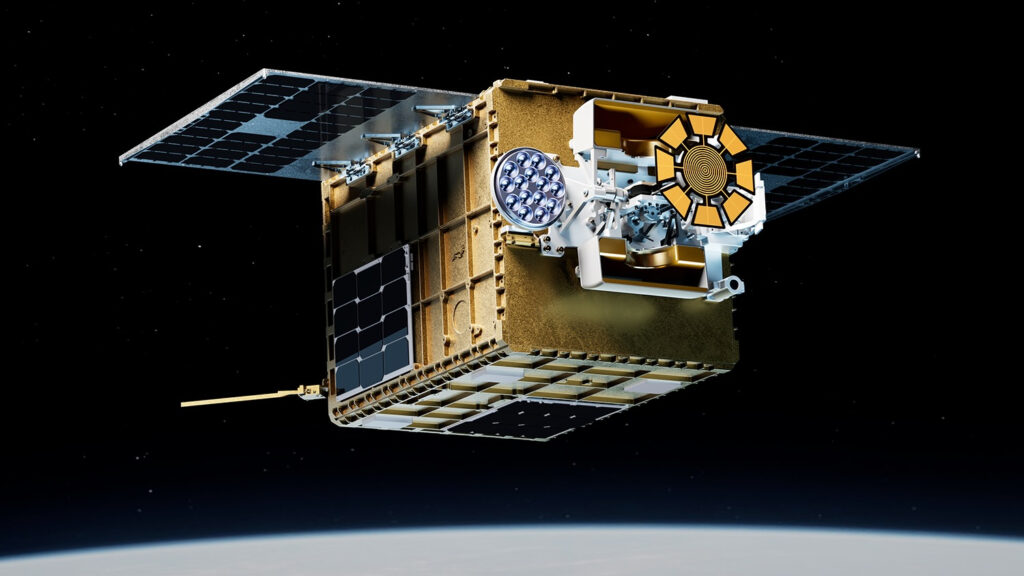Now Reading: ‘This is the holy grail of theoretical physics.’ Is the key to quantum gravity hiding in this new way to make black holes?
-
01
‘This is the holy grail of theoretical physics.’ Is the key to quantum gravity hiding in this new way to make black holes?
‘This is the holy grail of theoretical physics.’ Is the key to quantum gravity hiding in this new way to make black holes?

The first step toward quantum gravity, the “holy grail of physics,” may be hiding in a quantum recipe to cook up black holes.
That’s the suggestion of new research that adds quantum corrections to Einstein’s 1916 theory of gravity, known as “general relativity.” Black holes are relevant to this because they first theoretically emerged from the solutions to the Einstein field equations that underpin general relativity.
This quantum correction leads to a new recipe for making black holes and a hint at the path to quantum gravity and a unification of the two dominant theories of physics.
While general relativity is the best model we have of gravity and the universe on large scales, and quantum physics is the best description of the sub-atomic, these theories won’t unify. That’s because, despite the fact that both have been around for about a century and have been refined and confirmed a multitude of times, there’s still no theory of “quantum gravity.”
This is also despite the fact that quantum physics can account for the remaining three of the universe’s four fundamental forces: the electromagnetic force, the strong nuclear force, and the weak nuclear force.
However, quantum physics and general relativity do have something in common; neither can explain what happens at the heart of black holes.

“Black holes are regions in space where gravity is so strong that nothing, not even light, can escape. We usually describe them using the theory of general relativity, where black holes appear as solutions to Einstein’s equations,” research lead author and University of Sussex theoretical physicist Xavier Calmet told Space.com. “However, there is a singularity at the center of black holes where the laws of physics as we know them break down.”
At those singularities, the density of black holes goes to infinity. Physicists don’t like infinities because they are intrinsically non-physical, and when they occur, it represents the failure of the equations that underpin the laws of the universe.
Thus, that singularity at the heart of black holes suggests to physicists that the theory of general relativity is incomplete, and what could be missing is quantum gravity.
“We believe that general relativity only works on large or ‘macroscopic’ scales, but that on very short distances, or microscopic scales, it must be replaced by a quantum theory of gravity which unifies Einstein’s equations with quantum physics,” Calmet said. “This is the holy grail of theoretical physics.”
Is the ‘holy grail’ at the heart of black holes?
Physicists have been looking for a recipe of quantum gravity and a unification theory for some time now. String theory, which replaces particles with subatomic vibrating “strings,” has emerged as the leading theory linking general relativity and quantum physics and thus giving rise to quantum gravity.
However, currently there is no way to experimentally verify this theory. Additionally, it relies on the universe possessing at least 11 dimensions, and currently, there is no evidence of dimensions beyond the three dimensions of space and the one dimension of time.
Surprisingly, for Calmet and collaborators, the lack of a unified theory wasn’t a hindrance. All they needed to know was that any proposed theory must fit in with Einstein’s theory of gravity on large scales.
“While we do not yet have a theory of quantum gravity, we know that whatever this theory might be, string theory or something completely different, it must match general relativity on macroscopic scales,” Calmet said. “This information is sufficient when using modern methods in quantum field theory to perform calculations in quantum gravity without needing the full knowledge of the underlying theory of quantum gravity.
“Using these techniques, we can calculate corrections to Einstein’s equations that must apply to any theory of quantum gravity.”

What Calmet and colleagues found is that in addition to black holes emerging from the solutions to the equations of general relativity, there must also be “quantum solutions” to black holes.
“We can construct these solutions analytically close to the event horizon, the outer light-trapping surface of the black hole, and far away from the black hole,” he explained. “One drawback of using our approach to quantum gravity is that we cannot build our solutions close to the singularity, as this is where the full knowledge of quantum gravity is required.”
That means that the team can’t tell if their quantum recipe for black holes leads to the same morphology for black holes as that which emerges from general relativity.
“It is nevertheless important to have shown that there are new black hole solutions in quantum gravity that do not exist in general relativity,” Calmet said. “These new solutions are not just tweaks to the old one—they’re entirely new black holes that exist in a quantum gravity world.”
As such, the University of Sussex researcher thinks that this work is still a step toward understanding how quantum mechanics and gravity work together.
Related Stories:
Unfortunately, even Calmet doesn’t yet know how the two potential recipies of black holes, general relativity vs quantum gravity, could be distinguished. That’s because we can only observe black holes from great distances.
“The astrophysical black holes we are observing could very well be described by our new solutions rather than those of general relativity,” Calmet concluded. “As the two theories coincide on large distances, it will be difficult to propose tests able to differentiate between the two types of solutions.”
Thus, at least for now, the secrets of quantum gravity may be fiercely guarded by black holes.
The team’s research was published on June 19 in A Letters Journal Exploring the Frontiers of Physics.
Stay Informed With the Latest & Most Important News
Previous Post
Next Post
-
 01From Polymerization-Enabled Folding and Assembly to Chemical Evolution: Key Processes for Emergence of Functional Polymers in the Origin of Life
01From Polymerization-Enabled Folding and Assembly to Chemical Evolution: Key Processes for Emergence of Functional Polymers in the Origin of Life -
 02Panasonic Leica Summilux DG 15mm f/1.7 ASPH review
02Panasonic Leica Summilux DG 15mm f/1.7 ASPH review -
 03Two Black Holes Observed Circling Each Other for the First Time
03Two Black Holes Observed Circling Each Other for the First Time -
 04How New NASA, India Earth Satellite NISAR Will See Earth
04How New NASA, India Earth Satellite NISAR Will See Earth -
 05And Thus Begins A New Year For Life On Earth
05And Thus Begins A New Year For Life On Earth -
 06Astronomy Activation Ambassadors: A New Era
06Astronomy Activation Ambassadors: A New Era -
07SpaceX launch surge helps set new global launch record in 2024


















